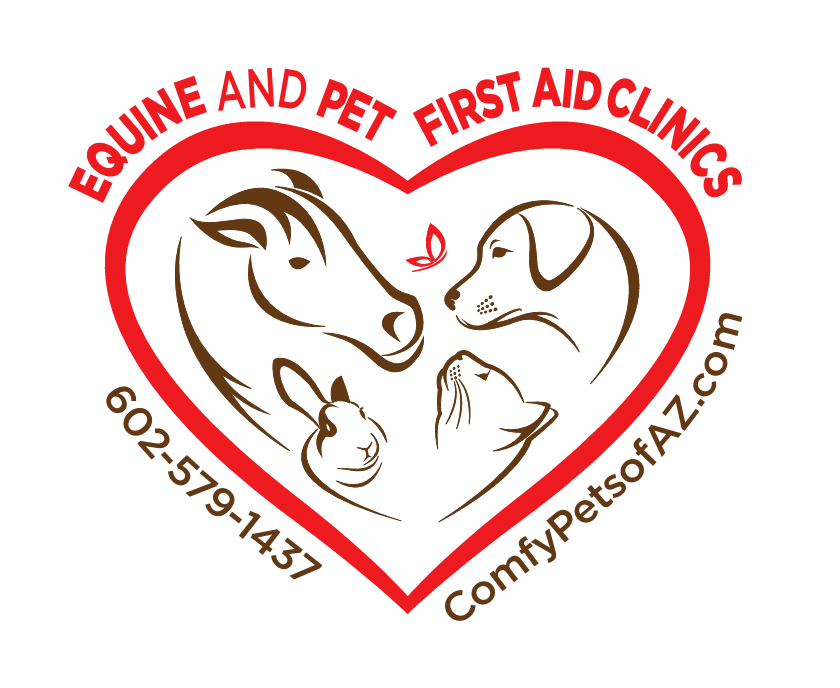March - Pet Poison Prevention Month
Horse Wormer is Toxic to Your Pets
I bet you never gave it any thought that when you went out to
worm your horses, with your dogs tagging along, that the wormer that you’re
giving a 800-1,200 horse is actually deadly to your dogs that are running
around watching you.
There are two ingredients in equine wormers that are
toxic. Moxidectin and Ivermectin. I personally have used wormers that carried
both of these ingredients and one day, years ago, when I was getting ready to
use it on my horse, Hazi, I was told by my friend to make sure that she
completely swallowed the dose and to not allow it to hit the ground since her
dogs were around. At first I was a
little perplexed about this and then she explained that all it takes is a dog
to swallow a small drop of this stuff, which the dog will immediately shows
signs and symptoms of toxic poisoning.
After taking several Equine classes, including Equine First Aid and
Equine Anatomy and Physiology I now educate my equine clients of this
fact.
Also, even though it’s very rare, a dog that eats horse manure
can actually ingest toxic amounts by eating the manure of horses that have
recently been dewormed. But, again, it
is very rare.
Signs/Symptoms
- Drooling
- Dilated Pupils
- Ataxia (think of an animal losing balance or acting like its drunk)
- Trembling
- Seizures
- Coma
Death
will occur unless you rush your dog/cat to the veterinarian immediately. Do not hesitate at all when dealing with
equine worming poisoning. Equine Worming
Medication also will poison your barn cats,
How to stay safe:
When
deworming your horse, make sure your dogs are out of the pasture, or you make
sure that your horse completely swallows the dose. I have seen some horses actually hold it in
their mouth until you look away and then spit it out. To ensure that the dose is swallowed, you
need to insert the syringe as far back in the mouth as you can, push the
plunger, and then stroke the horse’s neck/throat area to ensure that it is
completely swallowed. You can also hold
the head up to ensure that the dose is swallowed. After dosing, hang out with your horse to
make sure he/she isn’t pulling a fast one on you, so he/she will spit it out the
moment you walk away.
Be diligent
and be safe.
Teri Ann Tate is a Pet Care Professional and an Equine and Pet First Aid Instructor. She has been teaching pet parents, as well as pet professionals, for years on what to do in case of a pet emergency. Be prepared for a pet emergency by taking one of her classes that she teaches in AZ. She also travels to Southern California to teach her classes, as well as speaking engagements.
For more information on Equine First Aid classes, go to:
For more information on Pet CPR and First Aid Classes, go to:




No comments:
Post a Comment